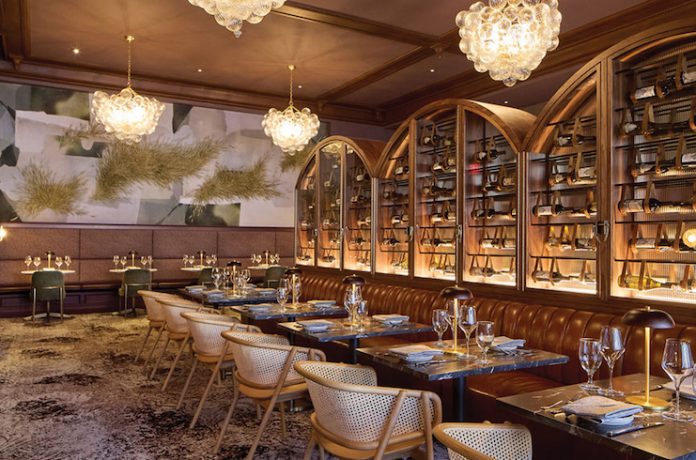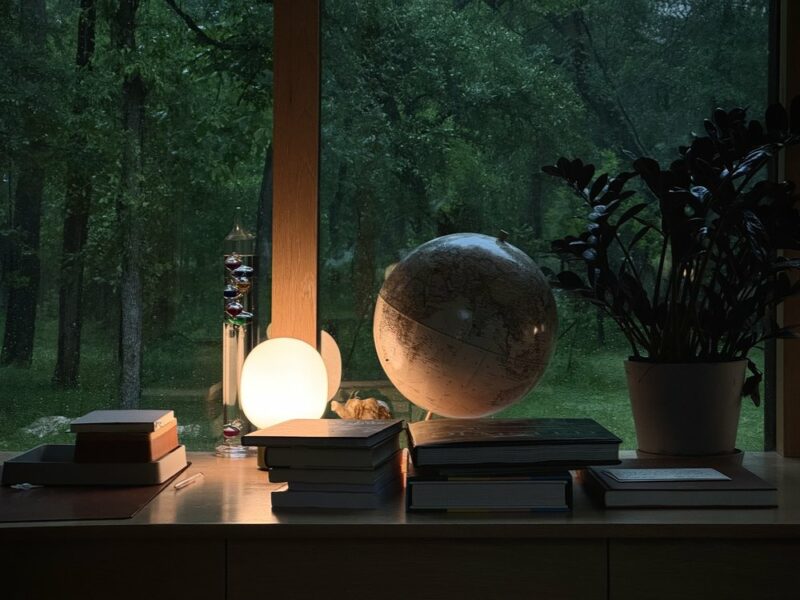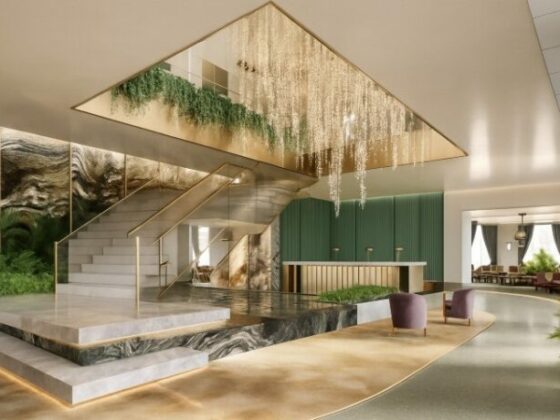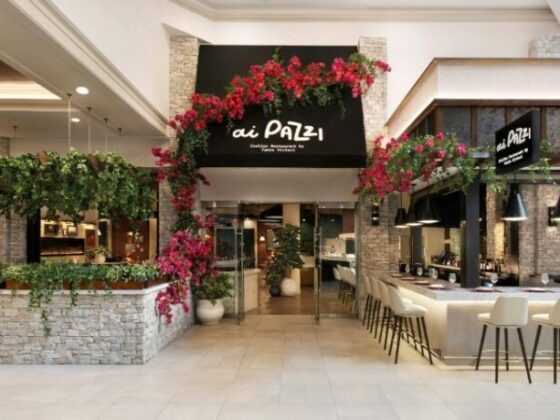
Built in 1928, The Marcus Whitman is the oldest operating hotel in Walla Walla, Washington, and has a special place in the community. Honoring that legacy was a guiding principle of the hotel’s most recent renovation, completed in June. “We went with a theme that strikes a balance between historic and contemporary, preserving the historic infrastructure in the guestrooms and public spaces while adding contemporary touches,” said General Manager Ted Hawksford. The final element of the project was the redesign of The Marc Restaurant and The Marc Bar. Led by Executive Chef Chris Capps, the restaurant showcases farm-to-table dishes with Pacific Northwest ingredients as well as globally influenced cuisine. Diners are surrounded by an ambiance that evokes the Walla Walla Valley’s viticultural traditions, from wine-like tones of burgundy, taupe, and gold to the use of oak to suggest wine barrels. The central display case, which includes Marcus Whitman private label wines, is intended to both start conversations among wine enthusiasts and divide the space in half. “The space before we added the cabinets was just open with tables in the middle. It wasn’t as intimate,” Hawksford explained. Vendor partners for the restaurant project included Rustbelt Reclamation (tables), Durkan/Mohawk (carpet), WSI Group (furniture/lighting), and Creoworks (wine display). Overall, the redesign allows guests to better appreciate the area’s winemaking industry, which includes three local wineries that have invested in the hotel and thereby help to continue the legacy of the “Grande Dame” of Walla Walla.
1Agricultural Art
“Walla Walla has always been an agricultural community, with wheat being the dominant crop,” said Hawksford. “Many of our customers are wheat farmers and have been for generations. The artist’s vision was to depict a bird’s-eye view of the patches of wheat ready for harvest, but with a modern and unexpected shape.”
2Ebullient Lighting
The chandeliers consist of hand-blown glass balls that are reminiscent of champagne bubbles, both supporting the restaurant’s wine theme and designating the venue as a place to celebrate the traditions of Walla Walla.
3Historical Elements
The renovation preserved the hotel’s historical infrastructure and decorative features, including the ornate walnut molding in the public spaces.
4Vintages in View
The mahogany display case features backlighting and rustic elements such as dark bronze locking mechanisms, steel rails, and leather straps to suspend the bottles. “We wanted to strike that subtle balance between farmyard/vineyard rustic and upscale contemporary,” he explained.
5‘Riverbed’ Carpeting
The carpet pattern represents the “sandy loams” of the Walla Walla Valley. “It’s sediment that was dropped by the great floods that extended from Montana all the way to the Pacific coast,” said Hawksford.








